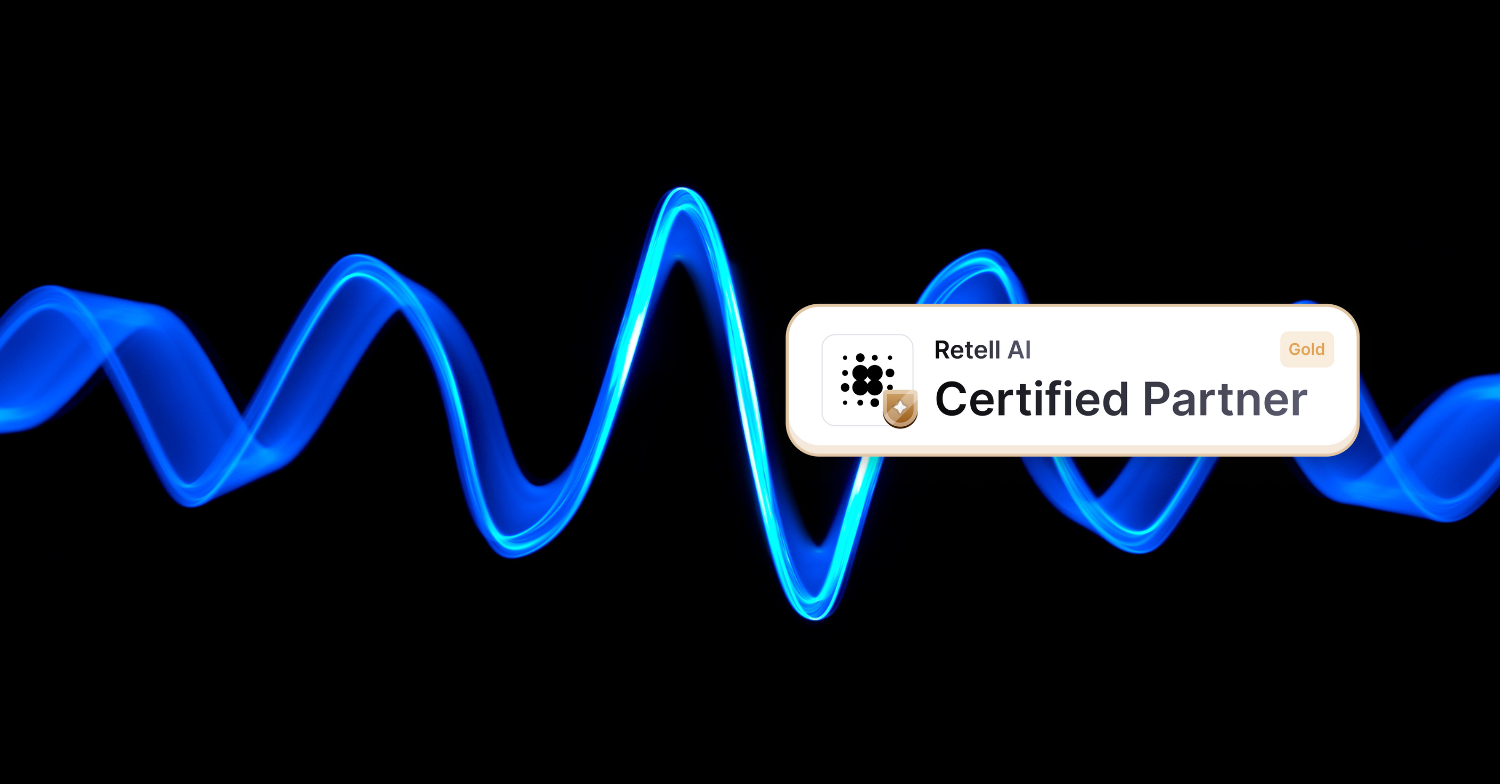A call center wallboard serves as a vital tool, offering a comprehensive overview of crucial metrics and performance indicators. In this post you’ll learn what call center wallboards are, their key features, and the transformative benefits they impart to the forefront of contact center operations.
Join us to understand how these visual dashboards empower organizations to elevate their customer service strategies and enhance overall operational excellence.
What is a call center wallboard?
A call center wallboard is a dynamic visual display system designed to provide real-time insights and critical information within a call center environment. Think of it as a comprehensive dashboard that offers a snapshot of essential metrics and key performance indicators (KPIs) relevant to the call center’s operations.
The functionality of a call center wallboard is closely intertwined with wallboard software. This specialized software enables the customization and management of the content displayed on the wallboard. It acts as the engine behind the scenes, processing data in real-time and presenting it in a visually digestible format on the wallboard.
In essence, the call center wallboard, when paired with the right software, becomes a dynamic interface that empowers organizations to monitor, analyze, and optimize their contact center operations efficiently.
Key features of call center wallboards
A call center wallboard boast a range of essential features designed to enhance operational visibility, facilitate informed decision-making, and elevate overall efficiency within a call center setting.
- Real-time metrics display: Immediate and continuous presentation of critical performance metrics, enabling quick assessments of call center activities.
- Customizable dashboards: Flexibility to tailor the displayed information to align with specific organizational goals and KPIs.
- Agent performance tracking: Monitoring and displaying individual agent and team performance metrics, fostering healthy competition and encouraging continuous improvement.
- User-friendly interface: Intuitive and easy-to-navigate interface, ensuring that both agents and supervisors can quickly interpret and act upon the presented data without extensive training.
- Alerts and notifications: Proactive notification systems that alert teams to potential issues or deviations from established performance thresholds, allowing for prompt corrective actions.
- Historical data analysis: Access to historical performance data, facilitating trend analysis and long-term strategic planning for continuous optimization.
- Scalability: Ability to scale the wallboard system to accommodate the evolving needs of growing call centers, ensuring continued effectiveness as operations expand.
Benefits of using wallboard software
Implementing wallboard software yields a multitude of benefits, playing a pivotal role in enhancing overall performance and operational efficiency.
Enhanced visibility
One of the primary advantages lies in the software’s ability to provide enhanced visibility. Through real-time visualization of key metrics, wallboard software empowers both agents and supervisors with immediate insights into ongoing activities and performance.
Improved decision-making & agent productivity
This heightened visibility translates into improved decision-making capabilities. Access to real-time data and historical performance analytics equips decision-makers with valuable information, facilitating informed choices for optimizing operations and addressing challenges promptly.
Moreover, the software supports increased agent productivity by displaying individual and team performance metrics, fostering a culture of healthy competition and continuous improvement.
Customized monitoring
Customization is another key feature that sets wallboard software apart. The ability to tailor dashboards allows organizations to monitor metrics specific to their goals, KPIs, and unique operational requirements. This adaptability extends to multi-channel environments, as the software is designed to support the monitoring and display of metrics across various communication channels.
Proactive issue resolution
Proactive issue resolution is a standout feature of wallboard software. Automated alerts and notifications ensure that potential issues or deviations from performance norms are promptly identified, allowing for quick corrective actions. This efficiency extends to resource allocation, as the software provides a comprehensive overview of workload distribution and resource utilization, optimizing staffing levels and contributing to overall operational efficiency.
Positive impact on customer experience
The positive impact on customer experience cannot be overstated. Improved visibility into customer interactions and service levels empowers agents to respond more effectively to inquiries and issues, directly contributing to enhanced customer satisfaction. Furthermore, wallboard software supports strategic planning by facilitating historical data analysis and trend reporting, allowing organizations to align goals with performance trends and continuously refine their approach.
Adaptability to multi-channel environments
Wallboard software is designed to support monitoring and display of metrics across various communication channels, including calls, emails, chats, and social media interactions, ensuring adaptability in modern contact center settings.
Cost-efficiency
In terms of cost-efficiency, optimizing operational efficiency through the insights provided by wallboard software can lead to significant cost savings. By allocating resources more effectively and addressing potential issues proactively, organizations can streamline their operations and enhance their bottom line. Additionally, the software fosters employee engagement and motivation through the transparent display of performance metrics, promoting a workforce that is both accountable and focused on achieving individual and team goals.
Types of wallboard software
There are various types of wallboard software cater to diverse organizational needs and preferences. These types can be broadly categorized based on their deployment models and functionalities.
On-Premise
On-Premise wallboard software is installed and hosted locally within an organization’s infrastructure. This type provides complete control over the software and data, making it a suitable choice for enterprises with specific security and compliance requirements. Organizations opting for on-premises solutions often appreciate the ability to customize and tailor the software to their unique needs.
Cloud-Based
Cloud-Based wallboard software operates on a cloud infrastructure, offering flexibility and scalability. This type of software is accessible over the internet, eliminating the need for extensive on-site hardware. Cloud-based solutions are particularly advantageous for organizations seeking cost-effectiveness, rapid deployment, and the ability to scale resources based on fluctuating workloads.
Open-Source
Open-Source wallboard software provides a customizable and extensible platform, allowing organizations to access and modify the source code according to their requirements. This type of software fosters collaboration and innovation within the developer community. While it offers flexibility, it may require a higher level of technical expertise for implementation and maintenance.
On-Premise vs. Cloud-Based vs. Open-Source
Each type of Wallboard Software comes with its own set of advantages and considerations.
The choice between on-premises and cloud-based solutions often hinges on factors such as security preferences, budget constraints, and the need for scalability.
Considerations for choosing wallboard software
When selecting wallboard software for a call center, several critical considerations come into play to ensure that the chosen solution aligns seamlessly with organizational needs and objectives.
- Scalability: Assess the scalability of the software to ensure it can accommodate the call center’s growth, adapting to changes in call volumes and workforce size.
- Compatibility with existing systems: Ensure seamless integration with existing call center technologies, such as telephony systems, CRM tools, and other essential software.
- Cost and budget: Evaluate the total cost of ownership, including initial costs and ongoing expenses. Balance the features offered by the software with budget constraints to ensure cost-effectiveness.
- Vendor support and reputation: Assess the reputation and customer support services of the vendor. Reliable support ensures timely assistance and updates, contributing to the overall performance of the call center.
- Ease of use: Choose wallboard software with an intuitive and user-friendly interface. This simplifies the learning process for call center agents and supervisors, enabling quick adoption and effective use of the software.
- Flexibility and adaptability: Opt for wallboard software that is flexible and adaptable to changes in call center operations. This includes accommodating different communication channels and evolving performance metrics.
- Real-time reporting and analytics: Evaluate the software’s capabilities in providing real-time reporting and analytics. Quick access to critical performance metrics enhances the call center’s responsiveness to changing conditions.
- Training and onboarding support: Consider the availability of training resources and onboarding support from the software vendor. Adequate training ensures that users can fully utilize the wallboard software, maximizing its impact on call center operations.
Call center functionality and VoIPstudio wallboard
VoIPstudio’s call center functionality offers a streamlined approach to managing business calls efficiently, providing detailed statistics on call handling. The system allows agents to log in to the queue only when necessary, enabling them to be outside the call center during administrative tasks. This approach enhances employee focus on specific tasks, contributing to overall operational efficiency.
The call center functionality of VoIPstudio is designed to elevate customer service by routing calls to the appropriate resource and continuously monitoring them. The system provides detailed statistics on service quality and agent performance. Additional call handling options, such as queue announcements, routing to agents who have been idle the longest, exiting the queue to an Interactive Voice Response (IVR), among others, can be easily configured to suit specific business needs.
Call center statistics
All calls:
- Total number of processed calls.
- Number of calls handled by agents.
- Percentage of calls handled by agents.
- Calls routed to the configured destination if there is no response.
- Total and percentage of missed calls.
Agent metrics:
- Number of calls.
- Total, average, minimum, and maximum call duration.
- Total, average, minimum, and maximum wait time.
- Number of available agents and average calls answered.
- Number of unanswered calls.
- Maximum, minimum, and average hang-up time.
- Calls disconnected by the caller.
- Calls routed to the configured destination if there is no response.
ACD call attempts:
- Total agent time.
- Average conversation time.
- Total ACD attempts.
- Maximum, minimum, and average attempt metrics.
VoIPStudio call center additional features
VoIPstudio has a broad set of advanced features so you can build the call center you need. Some of these features:
- Supervisor panel, from where the supervisor can monitor each agent status, call durations, transfer calls by drag and drop, or tag the calls from where they are entered.
- Barge-in feature, where a supervisor can log into agent live calls to monitor call quality or assist the customer.
- Call recording feature, forcing recording for all calls or allowing agents to stop recording sensitive data like credit card details.
- Call tagging feature, to tag calls by their nature or sales result.
- Automated reports feature to get detailed stats of the call centre outcome.
- Embedded post call survey, allowing to redirect call automatically to call survey to evaluate agent or service provided to end customer.
- Internal unified communication tool, while agents and administrators use VoIPstudio applications they are not only able to connect by voice; they will be also able to communicate by chat, video calls, share files or desktop with just one click.
VoIPstudio Call Center Wallboard
VoIPstudio introduces a call center wallboard, providing real-time evaluation of the call center’s status or health. This feature facilitates quick decision-making by offering a visual representation of key performance indicators.
If you want to learn how to set up your VoIPstudio wallboard, watch the following video:
The Barometer includes configurable alerts and notifications for essential metrics, enhancing the system’s proactive monitoring capabilities.

This real-time insight allows call center managers to make informed decisions promptly, contributing to a more responsive and efficient call center environment.
VoIPstudio wallboard metrics by queue
The wallboard metrics shown in VoIPstudio for each queue are:
- Calls Received
- Abandoned Calls
- Calls currently Waiting
- Number of agents on Call from queue
- Number of available agents from queue
- Average wait time
- Average call duration
- Longest wait
VoIPstudio wallboard agent metrics
The wallboard metrics shown in VoIPstudio for each agent are:
- Outbound calls (Live)
- Outbound calls (Count)
- Outbound calls (Duration)
- Inbound calls (Live)
- Inbound calls (Count)
- Inbound calls (Duration)
In addition, VoIPstudio allows the parameterization of the period of the metrics. For example, we can obtain metrics from this midnight, the last 24 hours, the last week, or the last month.
VoIPstudio comes with a broad set of advanced features so you can build the call center you need.
If you are looking for technological solutions to help you implement a call center wallboard, do not hesitate to contact us.







